The Ecocapsule tiny home can accommodate up to two people with its kitchen, bedroom, bathroom, and dining room.
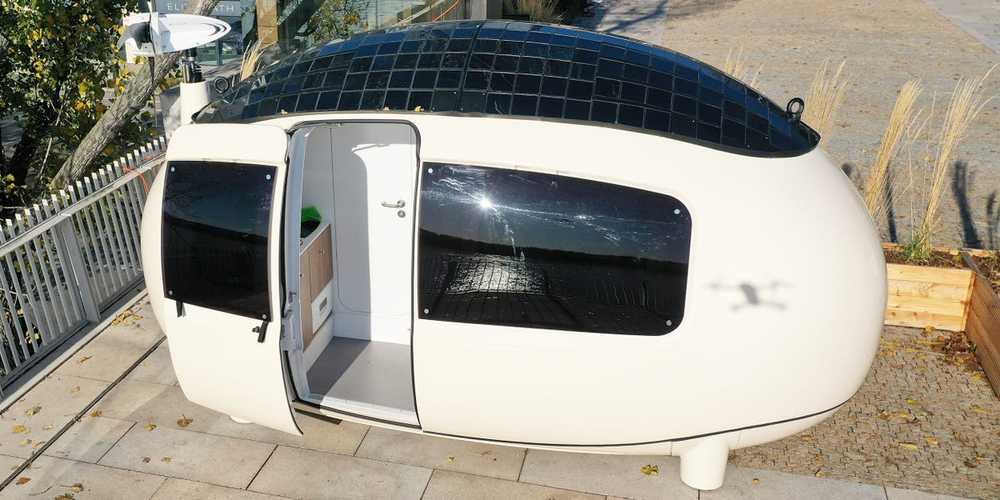

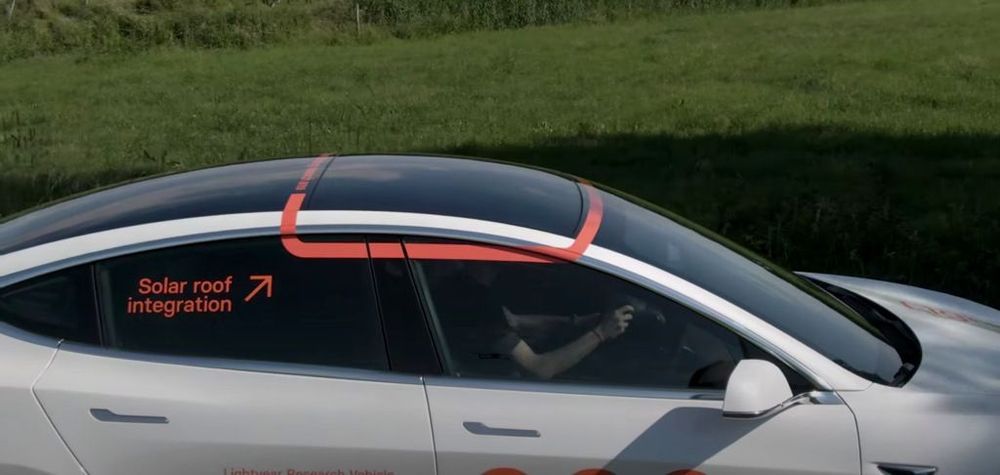
A Tesla Model 3 has been modified with a solar roof as part of Lightyear’s solar car development program.
We have been reporting on Lightyear for a few years now.
The startup first caught our attention because it spun out of Solar Team Eindhoven, a group of engineering students from the Technical University of Eindhoven (Netherlands) who have been competing in the World Solar Challenge with their Stella and Stella Lux, energy positive solar cars — meaning that they can produce more energy than they consume.
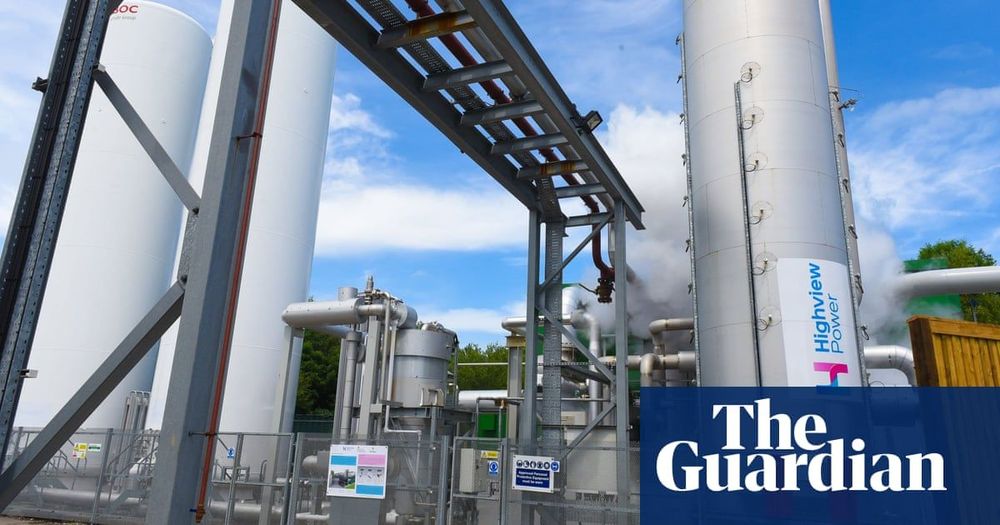
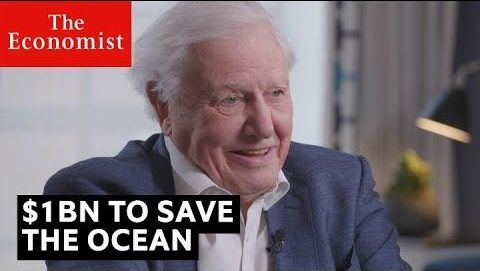
We asked Sir David Attenborough and four other leading thinkers on ocean conservation how they would invest $1bn to protect the ocean. Some of their answers may surprise you. https://www.woi.economist.com/
For more from Economist Films visit: http://films.economist.com/
Check out The Economist’s full video catalogue: http://econ.st/20IehQk
Like The Economist on Facebook: https://www.facebook.com/TheEconomist/
Follow The Economist on Twitter: https://twitter.com/theeconomist
Follow us on Instagram: https://www.instagram.com/theeconomist/
Follow us on Medium: https://medium.com/@the_economist
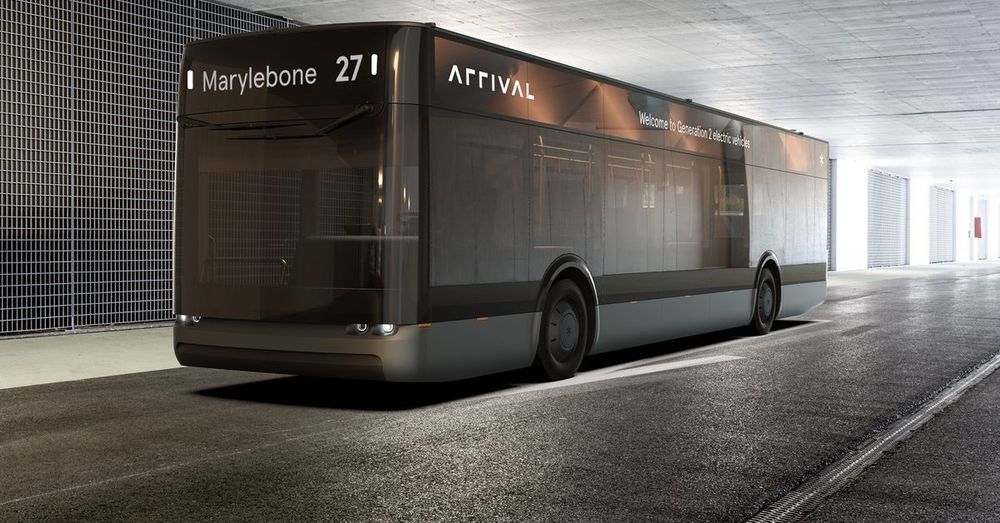
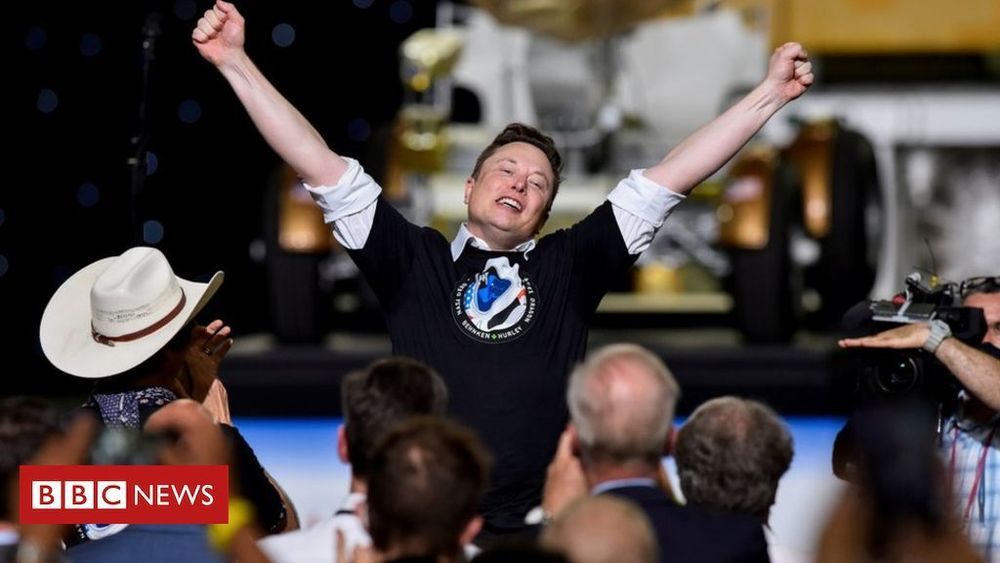
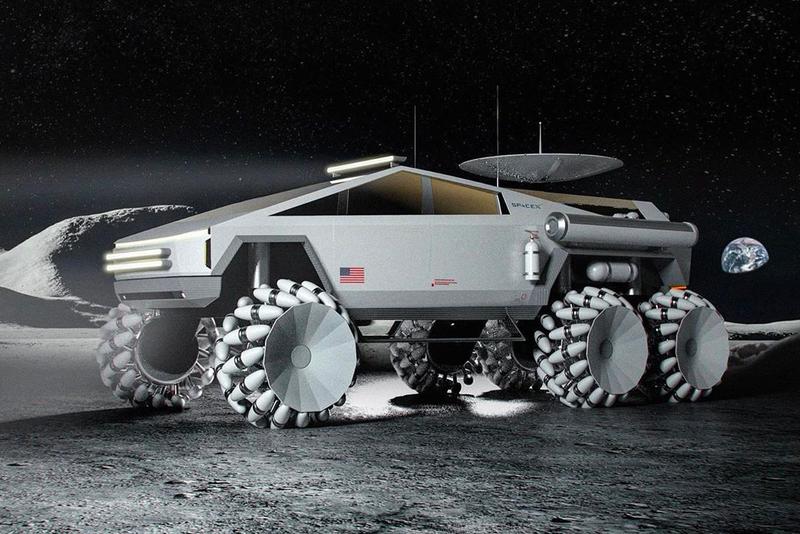
SpaceX could use the electric skateboard of the Cybertruck to build all the of vehicles that they need for a lunar mining operation. About twenty-five to thirty cybertrucks could be delivered to the moon with every SpaceX Starship.
A lunar base and mining operation would lower the cost for lunar operations by 70 times and by ten times for high earth orbit. A lunar mining operation would also lower the cost of operations to Mars and the SpaceX plans for a city on Mars. Before, Elon Musk makes a city on Mars using a dozen fleets of one hundred Starships he will build a mining town on the moon.
Hypebeast has rendered a Tesla Cybertruck as a six-wheel lunar rover.
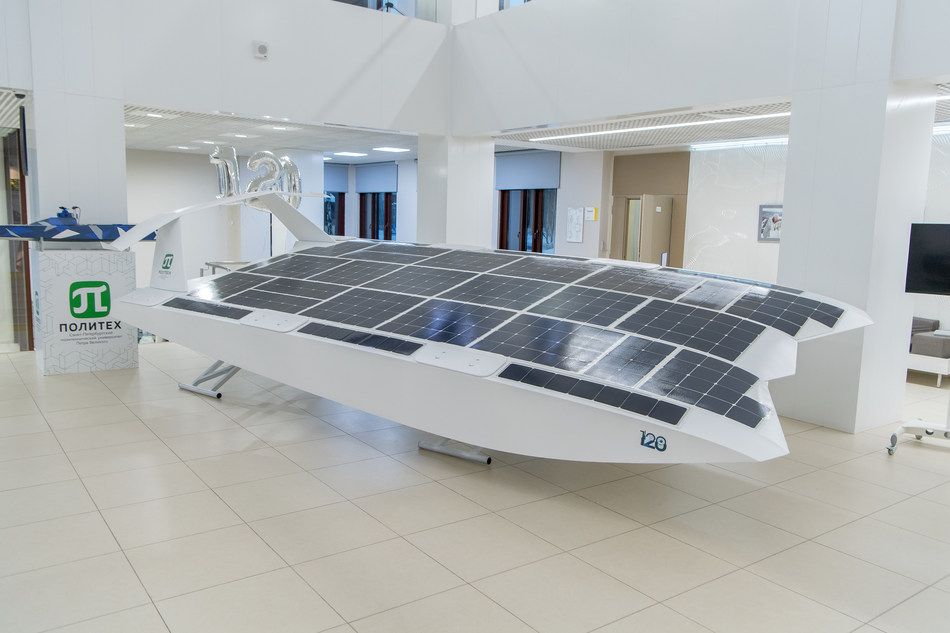
This mouth-full of a boat uses simple physics to create a cushion of air that allows it to effortlessly fly along the tops of ocean waves with near inexhaustible solar energy. The researchers say that this sleek, solar vessel could act as a mobile charging station for drones in the deep ocean or could conduct oceanic search and rescue missions.
Researchers in Russia have designed a solar-powered, and AI piloted, boat that can walk on water and serve as a mid-ocean fuel-up station for drones.

It’s no surprise that Tesla’s next-gen Roadster is going to be lightning-quick, with a claimed 0–60 mph time of 1.9 seconds for the base model. However, the addition of SpaceX cold-gas thrusters that will be hidden behind the car’s license plate could drop Roadster’s 0–60 mph time to a dizzying 1.1 seconds.
YouTube channel Engineering Explained used some of Isaac Newton’s basic physics principles to determine that the Roadster could become one of the quickest cars in the world. By plugging in existing information that CEO Elon Musk has revealed about Tesla’s next-gen Roadster, host Jason Fenske determined that the vehicle will weigh roughly 2000 kg (4,400 lbs), which backs into acceleration g-forces of approximately 1.44 G’s.
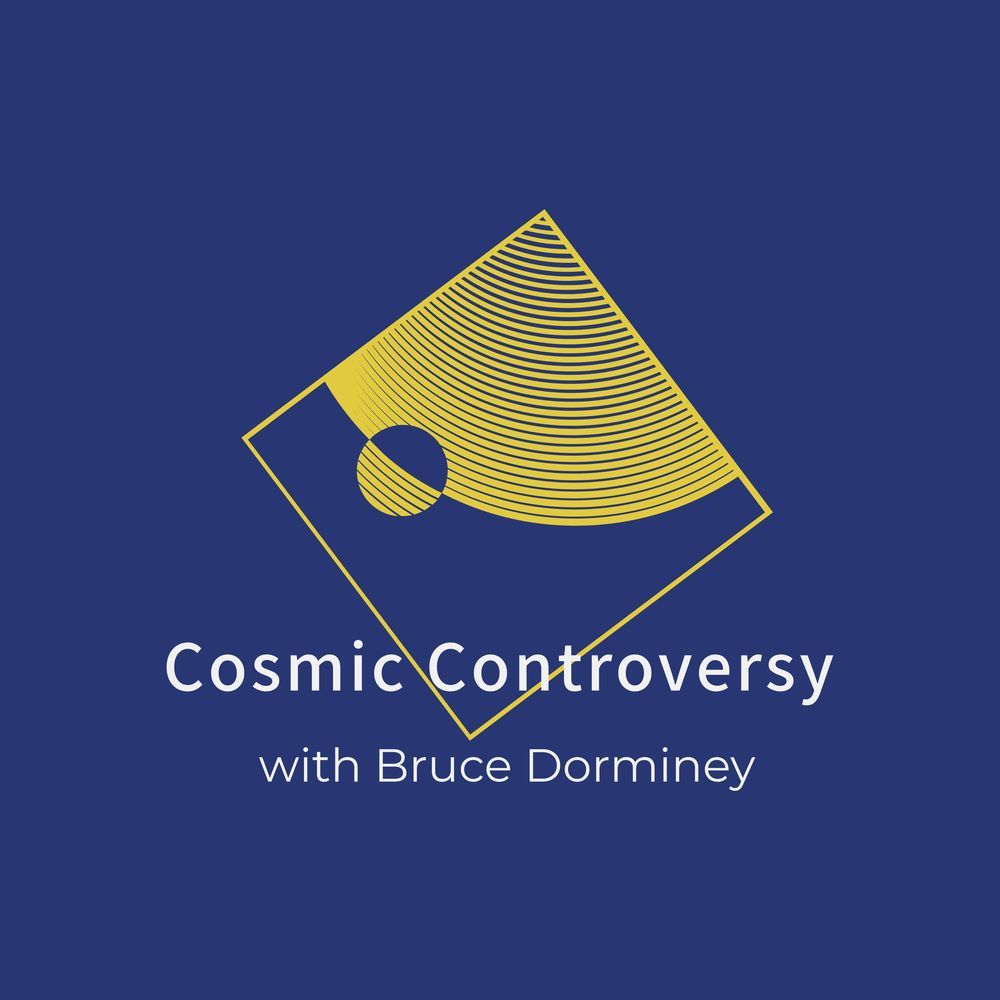
Please listen to the second episode of my new Cosmic Controversy Podcast. This week’s guest is planetary scientist Stephen Kane at the University of California, Riverside, who discusses why Venus is so haunting and beguiling all at once.
In this wide-ranging interview, planetary scientist Stephen Kane of the University of California, Riverside, delves into the mysteries of our neighbor planet Venus. We discuss how Venus went wrong and why understanding its evolution is so important in characterizing extrasolar planetary systems like our own.